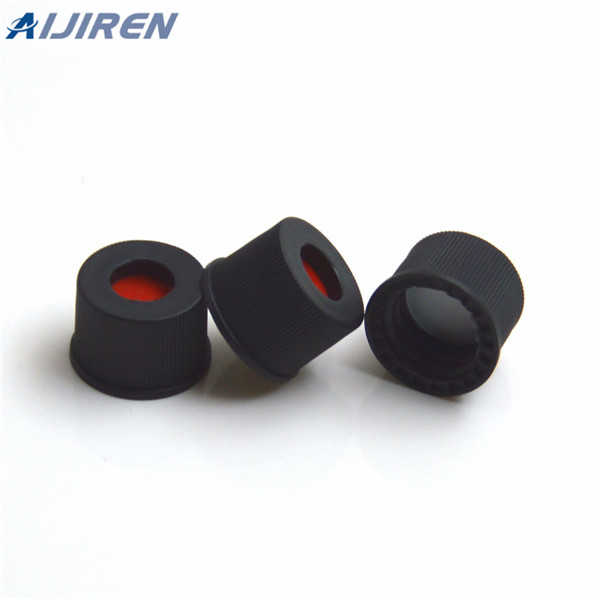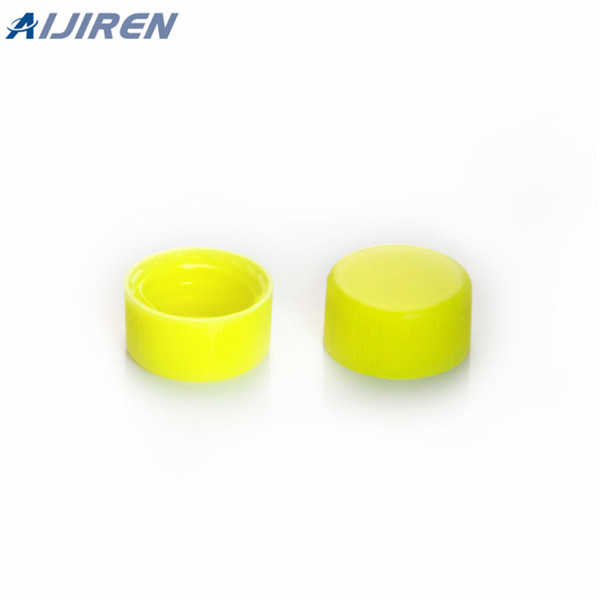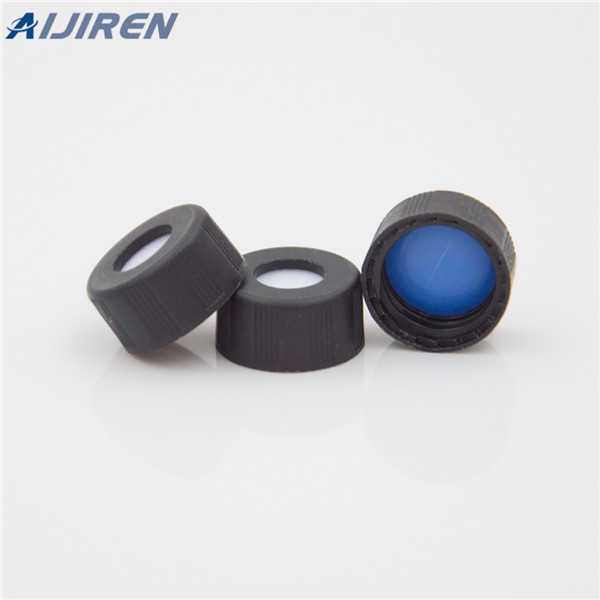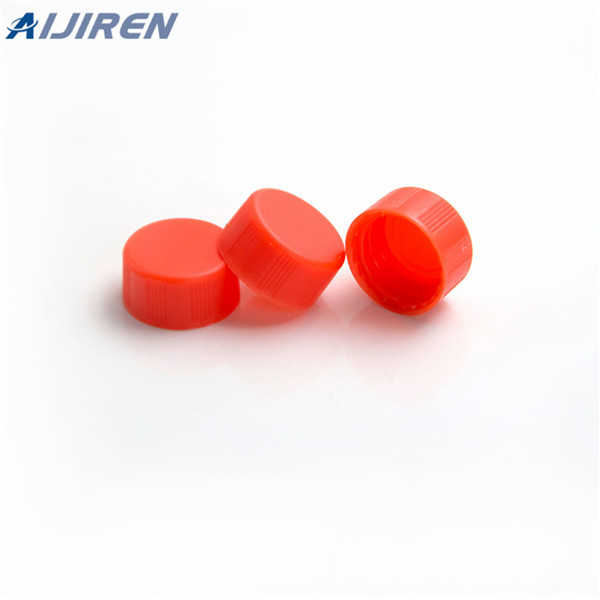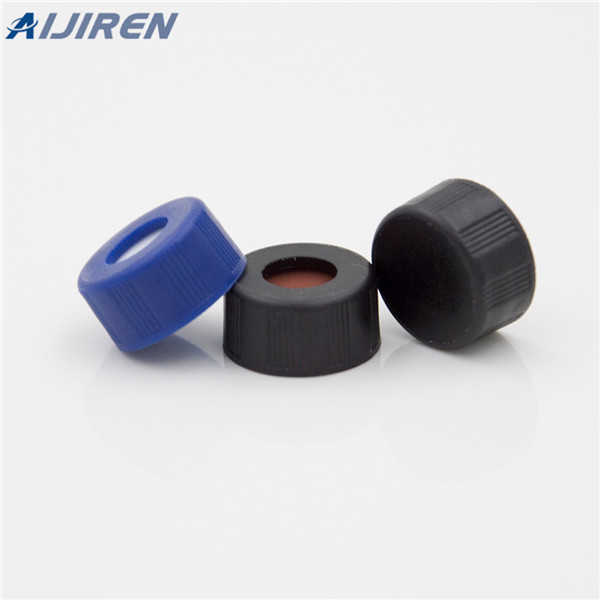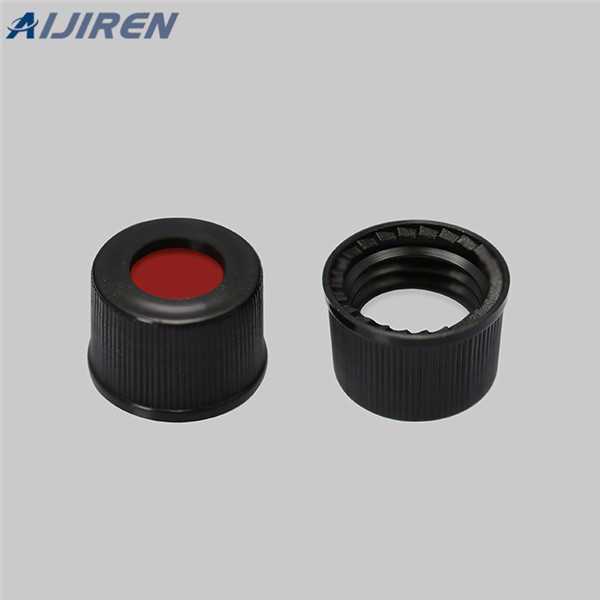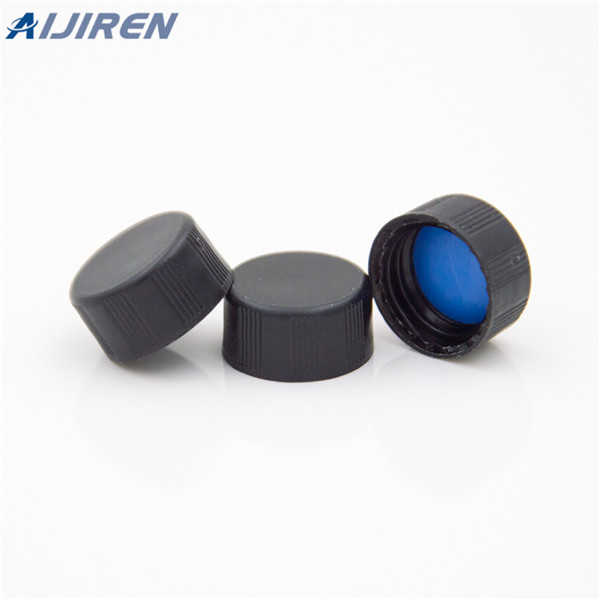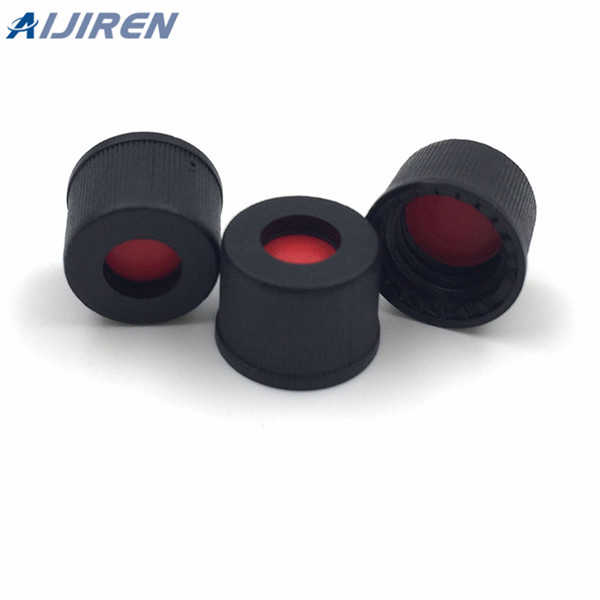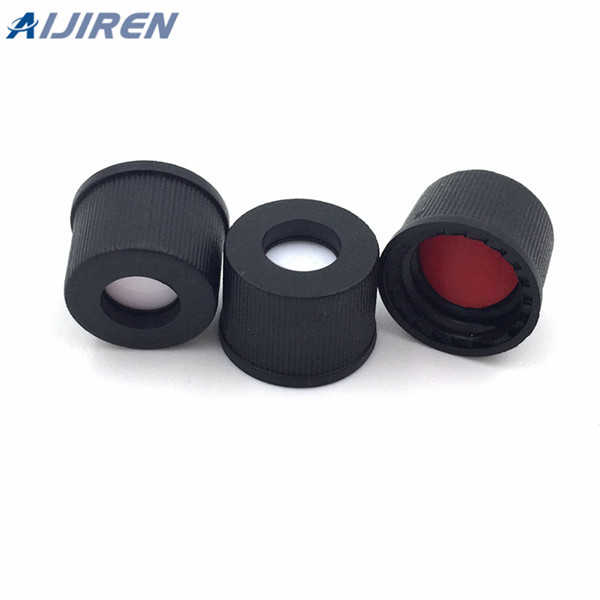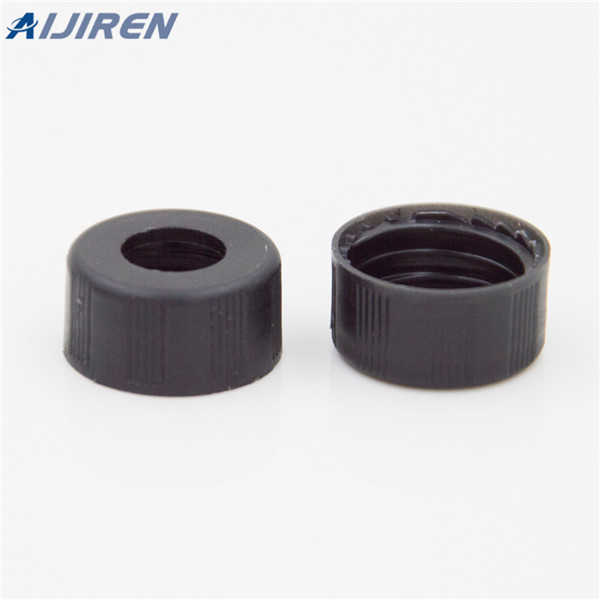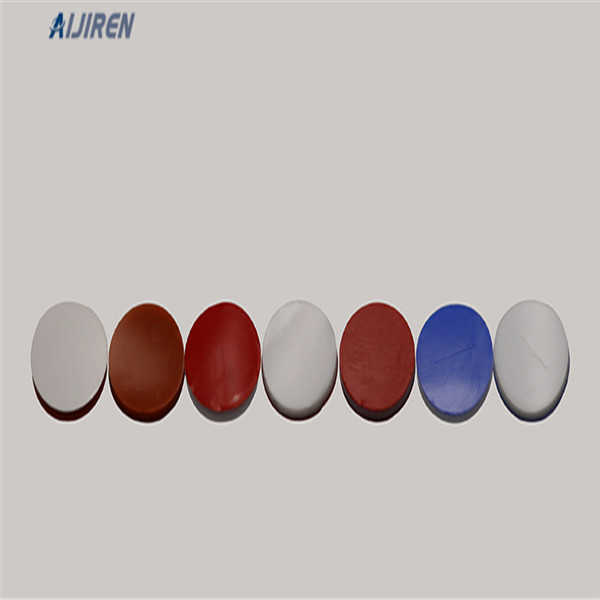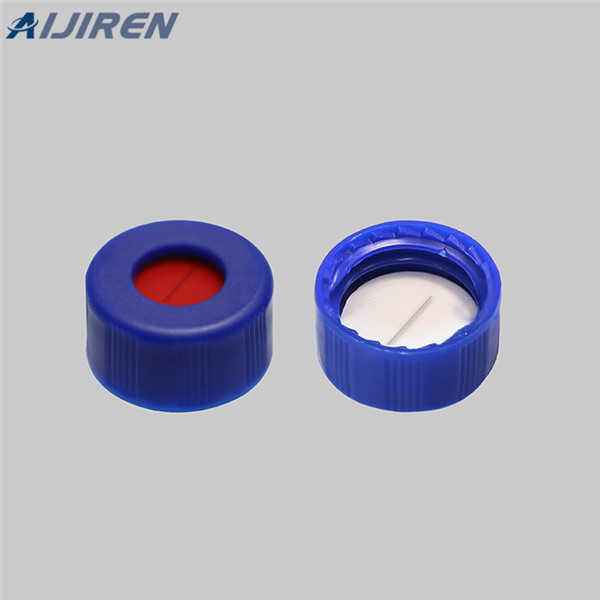Maximizing Sample Integrity with Chemically Resistant Natural Rubber Vial Septa
-
Ivory PTFE/Red Rubber Septa: (C4020-34) PTFE/Red Rubber Septa offer good solvent resistance, good resealing characteristics and resistant to coring. They are an economical choice where a PTFE barrier is desired. The recommended operating temperature range for this septum is –40 to 100°C PTFE White Silicone PurePakTM Septa: (C4020-32)
-
Oct 21, 2022 · Oct. 21st, 2022. The septa and vial caps are essential parts of HPLC vials. The vial cap serves as a barrier, keeping outside contaminants out of the vial and preserving the integrity of the sample. The septa, a seal between the injection needle and the vial composed of silicone, PTFE, or rubber, ensure accurate and exact sample injection.
-
Thermo Scientific Chromatography Vials and Closures Buying Guide. Maximizing productivity and achieving reproducible results in chromatography requires a fully optimized workflow from sample through assay. With that in mind, the Thermo Scientific™ SureSTART™ portfolio supports sample security and integrity with a variety of products to fit
-
Products. Septa. By definition, a rubber septum consists of a disk of rubber or similar material used to seal a vial or other device. It is installed along the inside of a cap, which is typically made of metal or plastic. A syringe needle pierces the rubber septum for the purpose of injection and, on withdrawal, the elasticity of the septum
-
Solvents—some solvents that are commonly used for GC and LC experiments can impact the septa integrity. Use our Chemical Resistance and Septa Solvent Compatibility Sections for more details Contents Choosing the right septa
-
Materials commonly used for septa include PTFE, silicone, natural red rubber, butyl rubber, Viton, polypropylene and polyethylene. PTFE is often laminated onto the sample facing side of a resealable septum to improve solvent exposure characteristics.
-
Choosing the right septa and closures for your analysis is critical to ensure chemical compatibility with your sample and solvents and protect sample integrity and prevent contamination. Screw and snap caps are usually made of plastic, mostly polypropylene (PP) or polyethylene (PE), whereas seals for crimp-top vials are made from aluminum.
-
Rubber (Natural or Butyl) ACN, acetone, DMF, alcohols, diethylamine, DMSO, phenols Chlorinated solvents, aromatics, hydrocarbons, carbon disulfide Excellent < 100°C PTFE/Natural or Butyl Rubber PTFE resistance until punctured, then septa or liner will have compatibility of rubber Good < 100°C Silicone/Silicone Rubber
-
Rubber septa. Used primarily for routine analysis in gas chromatography. Offers moderate ability to reseal and good chemical inertness. Not recommended for multiple injections or holding samples for further analysis. PTFE is protective layer that once broken exposes rubber to chemical attack. Types of rubber septa.
-
Synthetic material often used in Aijiren red rubber/PTFE septa has been added to the product line (this is a softer material with less fragmentation than natural rubber/TEF) Special short thread cap for LC-MS and GC-MS applications: One component closure, no bleeding, absolutely inert, tight, pierceable and chemical resistant like PTFE.
-
4 mL vials , 12 mL vials, 22 mL vials, or 40 mL vials are available. Choose from either clear glass storage vials or amber glass storage vials. Open top storage screw caps are lined with PTFE/silicone for chemical resistance and excellent seal. Closed storage screw caps (closed storage caps) are PTFE-lined and available together as storage vial
-
Septa are made from different materials. See below for definitions and uses of different types of septa materials. Rubber septa. Used primarily for routine analysis in gas chromatography. Offers moderate ability to reseal and good chemical inertness. Not recommended for multiple injections or holding samples for further analysis.
-
Mar 31, 2022 · Black rubber septa. When comparing red and black rubber septa, one thing comes to mind. Black rubber septa are molded from a higher density rubber compound compared to the red one. This septum has characteristics like the gray butyl stopper. But, the difference is with a smaller temperature range of –20 to 100°C.
-
Septa for use with general chromatography vials, liquid injection PTFE/Natural Red Rubber PTFE Natural Red Rubber are moderately priced seals for GC and HPLC with good chemical properties . They are ideal for multiple injections due to high resealability, but not as easy to penetrate as PTFE/RR . Natural rubber septa are offered assembled into
-
A specially moulded seal with a PTFE insert. Sealing surface of Butyl and PTFE affects a more positive seal than non-PTFE-faced septa. Ideal choice for temperatures below 125°C. Good sealing characteristics, excellent resistance to most solvents with reduced coring and high puncture tolerance.
you can contact us in the following ways.

